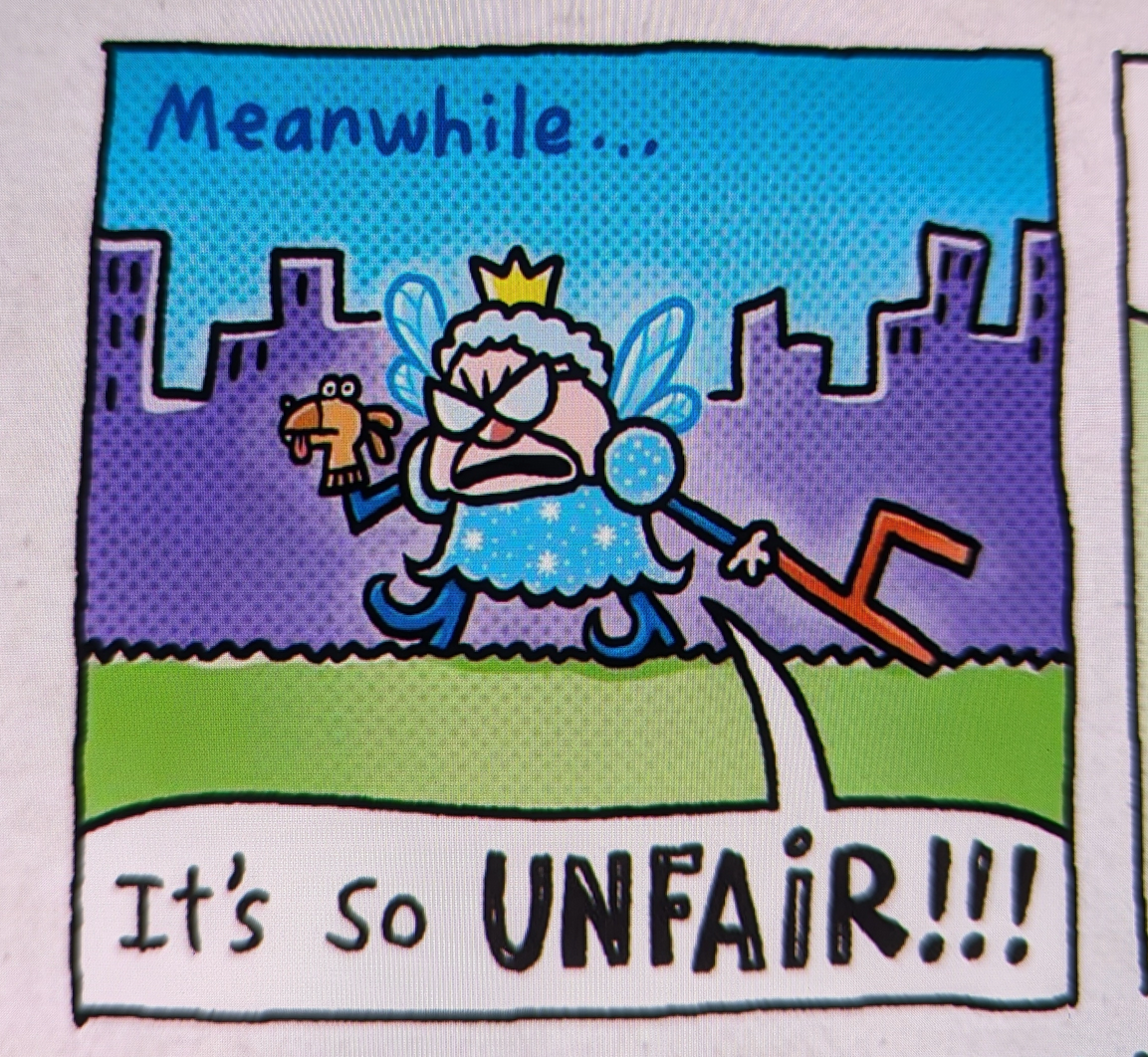This refers to Chenoweth’s research, and I’m somewhat familiar with their work. I think it’s good to clarify what non-violent means to them, as it’s non-obvious. For example, are economic boycotts violence? They harm businesses and keep food of the tables of workers. I don’t think that’s violence, but some people do, and what really matters here is what Chenoweth thinks violence is, and what they mean when they say “nonviolent tactics are more effective”.
At the end of “civil resistance: what everyone needs to know”, Chenoweth lists a number of campaigns which they’ve marked as violent/nonviolent and successful/unsuccessful. Let’s look at them and the tactics employed tonfigure out what exactly Chenoweth is advocating for. Please do not read this as a condemnation of their work, or of the protests that follow. This is just an investigation into what “nonviolence” means to Chenoweth.
Euromaidan: successful, nonviolent. In these protests, protestors threw molotov cocktails and bricks and at the police. I remember seeing a video of an apc getting absolutely melted by 10 or so molotovs cocktails.
The anti-Pinochet campaign: successful, nonviolent. This involved at least one attempt on Pinochet’s life.
Gwangju uprising in South Korea: unsuccessful, nonviolent. Car plowed into police officers, 4 dead.
Anti-Duvalier campaign in Haiti: successful, nonviolent. Destruction of government offices.
To summarize, here’s some means that are included in Chenoweth’s research:
- throwing bricks at the police
- throwing molotov cocktails at the police
- assassination attempts
- driving a car into police officers
- destroying government offices
The point here is not that these protests were wrong, they weren’t. The point is that they employed violent tactics in the face of state violence. Self-defense is not violence, and this article completely ignores this context, and heavily and knowingly implies that sitting in a circle and singing kumbaya is the way to beat oppression. It isn’t.
George Floyd protests had more than that (closer to 8%) and they didn’t really change anything.
Bogus unsupported stats
As a catalan actively involved in the 2012-2017 push for independence, I call bullshit.
That’s horseshit made up statistics.
Way more than 6% want single payer, but it’s not happening.The problem when it comes to the current situation in the US, is that these protests already came baked in to the Project 2025 plan from the start.
They’re not going to change their minds on anything as a result of the protests because they already knew there’d be mass protests before Trump signed a single order.
A lot of violent protests have succeeded too. Such as the suffragettes gaining the right to vote for women or unions gaining the right to exist, and the 8 hour work day.
In a capitalist system, all protests are violent because the capitalist system is violent by definition.
As long as we industrially murder people all around the globe, protests have not been successfull.
And nobody cares if women got the right to vote in this system. Its like making a party about women being able to join the NSDAP.
We are imperialist. We need to be stopped by any means necessary.
Data presented to you by BBC the same network that lied to you about WMS in Iraq, genocide of the Palestinians people, and most likely more.
The problem with the statement from the title is that a non-violent movement that big won’t happen in many countries, or sometimes won’t happen without turning violent. Both should be accounted for when talking about this.
I’ve been fed up with logic, common sense and such as opposed to stats at some point, because I was mostly reading ancap stuff and ancaps are a bit too detached in that direction.
But it’s rightfully said often that throwing stats is just another kind of lies. Interpreting statistics is too complex, most people can’t do that, common sense and logic are indeed more important.
That statistic only works if the government cares what we think. Voters have trained politicians that they can do whatever they want with no repercussions. Therefore, they do not need to care what we think.
Non-violent protests still need to come with a credible threat of becoming violent if the protesters’ safety is being attacked or if their human rights are compromised.
Er… Hong Kong?
Considering the UK’s biggest export is independence days, it’s kind of hard to think that all of those were solved through non violent means.
Tell that to Hong Kong demonstrators on June 16, 2019, estimated by organizers at 2 million people marching. Hong Kong had a population of 7.5 million at the time.
Sure there was violence both before and after that protest, but mostly caused by violent crackdown by police.
But did it fail because there was violence or was violence a sign of stronger opposition? Causation vs correlation and all that.






